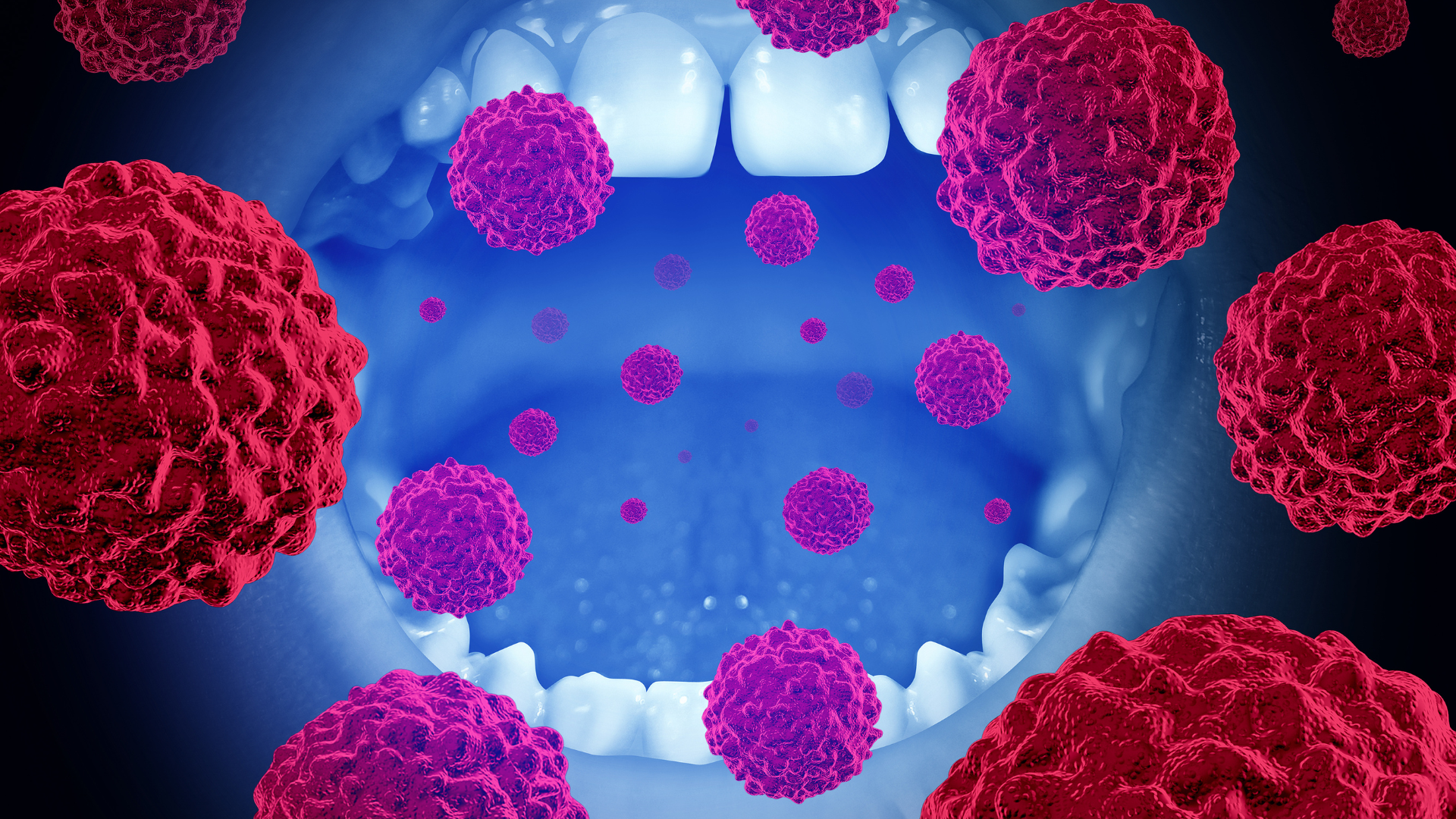
AI Steps Into Oral Disease Diagnosis: New Software Shows Promising Accuracy
A New Hope for Faster, More Reliable Oral Diagnosis
Artificial intelligence (AI) is rapidly reshaping medical diagnostics, and dentistry is no exception. A new study from Cairo University introduces an AI-powered software Diagnosis Oral Diseases Software (DODS) designed to support clinicians in diagnosing complex oral diseases by combining clinical images, symptoms, radiographs, and histopathological data.
Oral pathology is notoriously challenging, with diagnosis often varying between clinicians because lesions can look similar under the microscope. The researchers aimed to explore whether an AI system could assist clinicians especially less experienced ones to reduce diagnostic errors and support early detection of conditions such as oral cancer and premalignant lesions.
What the Researchers Built
The team developed a computer-aided diagnostic software trained using:
3000 clinical, radiographic, and histopathology images
11,200 text entries describing symptoms, signs, demographics, and microscopic findings
28 different oral diseases, including cancer, premalignant lesions, salivary gland tumors, immune-mediated diseases, and reactive lesions
The software uses machine learning, including decision tree algorithms and support vector machines, to analyze both images and text. It then generates a list of possible diagnoses along with predicted accuracy percentages.
To test performance, the researchers compared three groups:
Software users (DODS)
Oral pathologists using the microscope
Hybrid users who used both the microscope and DODS
All examiners were blinded to the true diagnoses.
What They Found
The head-to-head comparison revealed:
87% diagnostic accuracy for DODS users
90.6% accuracy for pathologists using microscopy
95% accuracy for the hybrid approach
DODS sensitivity: 84%
DODS specificity: 80%
While the software did not outperform trained pathologists, its accuracy was comparable an encouraging result for an early-stage system.
Importantly, the software showed high internal reliability, even higher than human examiners in some measures (Cronbach’s alpha: 0.934 for DODS).
Why It Matters
This study highlights the potential of AI to become a diagnostic support tool in dentistry and oral pathology. Because early signs of oral cancer and premalignant lesions can be subtle, AI could help clinicians:
detect disease earlier,
reduce diagnostic errors,
support clinical decision-making in complex cases,
assist in training dental students through simulated diagnostic cases.
The authors emphasize that AI is not a replacement for human expertise. Instead, hybrid models combining clinician interpretation with AI assistance show the greatest accuracy and may represent the future of oral pathology diagnostics.
The Road Ahead
The researchers recommend continuous improvements to DODS, including:
adding more disease categories
expanding the training dataset
exploring more advanced deep learning algorithms
collaborating with multidisciplinary teams
integrating the system into larger medical databases
With further development, AI-based tools like DODS could become reliable companions for clinicians worldwide.
DOI
https://doi.org/10.1186/s12903-024-04347-x